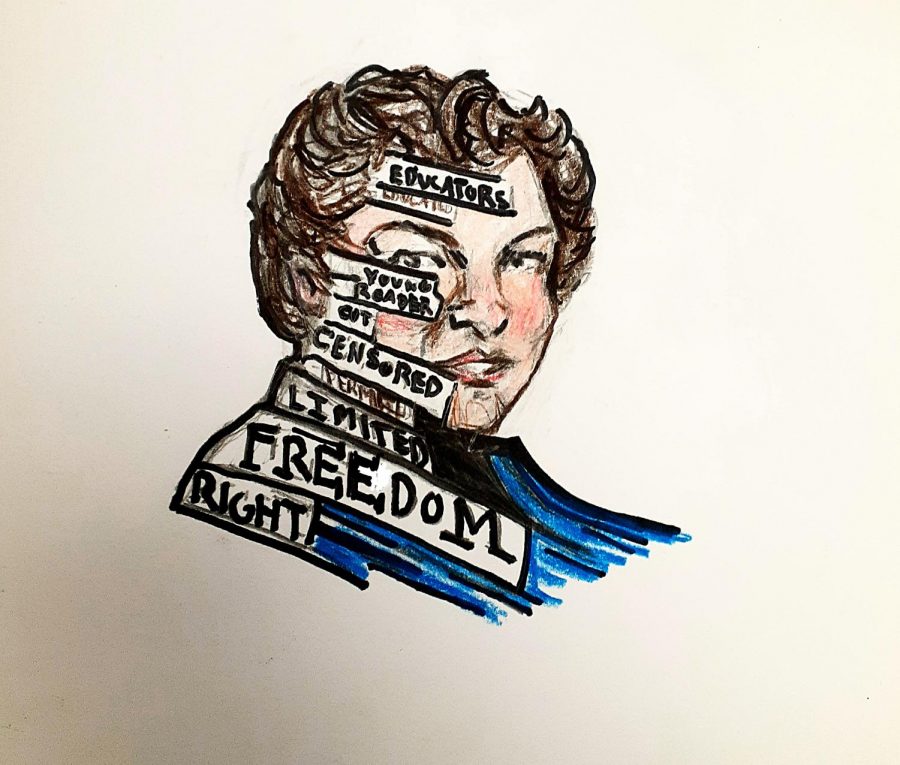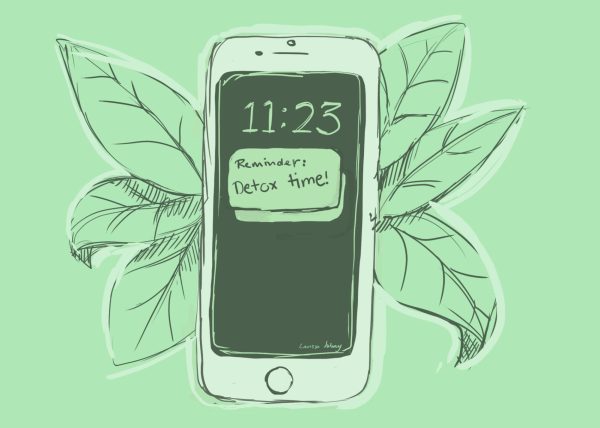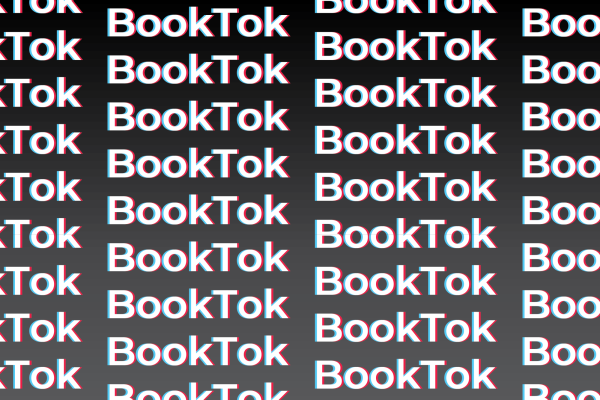Student Press Freedom
First Amendment Doesn’t End at the Schoolhouse Door
In the age of widespread online media, it can be easy to take uncensored news for granted. But, what would happen if our news sources were censored by people in power, resulting in the version of truth that they want to be told? This is what is occuring in high schools, both public and private, around the nation. In many schools, faculty or administration oversee what the student newspapers publish and they enforce harsh punishments — such as the advisor for the newspaper losing his or her job — over the publication of articles that go against the school’s values or policies.
The foundation of student rights of free expression, whether it be speech or press freedom, was formed by the Supreme Court ruling in Tinker v. Des Moines. In 1969, 13-year-old Mary Beth Tinker, represented by the ACLU, brought the city of Des Moines to court after her middle school had forced her and her friends to remove black armbands that they had worn in protest of the Vietnam War. The Supreme Court ruled that public school students “do not shed their constitutional rights to freedom of speech or expression at the schoolhouse gate” and may exercise this right as long as their actions are not disruptive to learning. This ruling set a precedent for future issues regarding student rights in schools, but it also allowed for discrepancies regarding what can be deemed as “disruptive”.
Despite the message that students are granted First Amendment rights, many schools continue to censor what students wear, what they say, and in particular, what they write in student publications. Following the Hazelwood School District v. Kuhlmeier case of 1988 — in which the Supreme Court ruled that a principal who censored controversial articles about teen pregnancy and divorce did not violate the students’ First Amendment rights — schools around the nation have been allowed to censor student publications that they deem “disruptive” to the school environment. And, in order to avoid backlash from the public, schools have been censoring publications using discrete and indirect methods. Through strategies such as stealing newspapers, cutting budgets, and even firing the administrators or teachers in charge of student press, student journalists’ voices are muffled. The percentage of universities that experienced at least one case of student press censorship, although perhaps depressed due to unreported cases, exceeded 60% in 2019, according to Investigative Reporting Workshop, and the laws in over 36 states do not protect the press rights of both high school and college students.
Albuquerque Academy’s stance on student press freedom, although not directly cited in the Student-Parent Handbook, implies that students reserve the right to publish the content they choose, as long as the articles do not “undermine the school’s mission.” Therefore, the school reserves the right to censor publications that are deemed hateful, restrictive of other thoughts, or threaten the safety of others. This stance, although it largely protects student press freedom, still allows room for censorship due to the school’s ability to silence unwanted content. Much like the ruling of the Tinker Case, Albuquerque Academy’s policy is left open for discrepancies, giving the school power over content, though the school has not exercised that power in recent memory.
Although we have access to thousands of newspapers, both digital and print, it remains imperative for student publications to continue reporting news so as to stimulate and open the minds of high school and college students. Between the ages of 10 and 25, neurocircuitry connections in the brain are strengthened, and connections in different regions of the brain grow more complex, leading to the potential to understand more abstract or complicated concepts. Because of the quickly formed connections that can be created in the teenage brain, teen years are significant for learning, as well as expanding viewpoints and developing opinions. By allowing school newspaper writers to report news and opinion pieces without administrative oversight, schools facilitate open-mindedness and expand knowledge amongst the student body, resulting in more worldly and informed individuals. While a student’s writing might oppose the position that a school takes on a subject, creating tensions, the piece will inspire debates, generate new opinions, and strengthen neural pathways–all positive activities that lead to greater success in life. Therefore, Academy’s mission, which aims to teach students wisdom, compassion, and conviction, can be fulfilled in part by allowing students to write and read diverse opinions.
In 2020, there is a growing movement of students who have been introducing the New Voices legislation, written by the Student Press Law Center, to their state legislatures. This bill protects public and private school students’ First Amendment rights to freedom of press as well as the jobs of the faculty sponsors of student publications through the argument of the right to a public forum\; public forums are legally protected by the First Amendment, which prohibits viewpoint descrimination. The New Voices legislation has not yet been introduced to the New Mexico legislature and many other state legislatures, which is why Student Press Freedom Day is so important. Adults and students alike need to have knowledge of the avenues they can take in order to protect their freedom of press, and only through spreading awareness can an America in which all people have an unrestricted voice become a reality.
Read about specific cases of student censorship at colleges and universities here: https://www.thefire.org/on-student-press-freedom-day-a-look-back-at-censorship-in-2018/.







